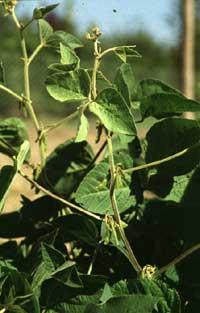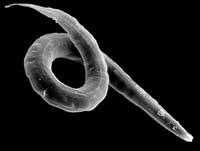Non-GM foods from GM plants

To do this, in addition to the transgene, the cassette would carry a specific recombinant gene for tissue or susceptible to chemically induced. This gene, upon reaching a specific tissue or coming into contact with a motive chemical, would cut the cassette from the plant's original DNA chain and remove the entire foreign part.
For example, soybean plant with nematode resistance. Nematodes attack the plant from the roots, so the resistant gene against them should be placed at the roots. In contrast, a biodegradable chemical that induced the new recombinant gene would be used to remove the transgen from the sheath. Thus, although the plant is resistant to nematodes, green beans will not have transgeneras.
In trials to date, few plants have managed to cut the foreign gene completely clean. There are problems with the low rate of penetration of motor chemicals into plant tissues, as well as the remains of foreign DNA that remain after cutting. In addition, although the total elimination of the gene is achieved, the foreign protein produced remains in the tissue with the consequences that this entails.

Among the benefits of this technique would be the reduction of the number of foreign genes transported by pollen, the elimination of seeds in the next generation would not appear and would decrease or totally annul the economic cost of the separation of transgenic food from non-transgenic. This is intended to overcome people's distrust of transgenic plants.
Buletina
Bidali zure helbide elektronikoa eta jaso asteroko buletina zure sarrera-ontzian











